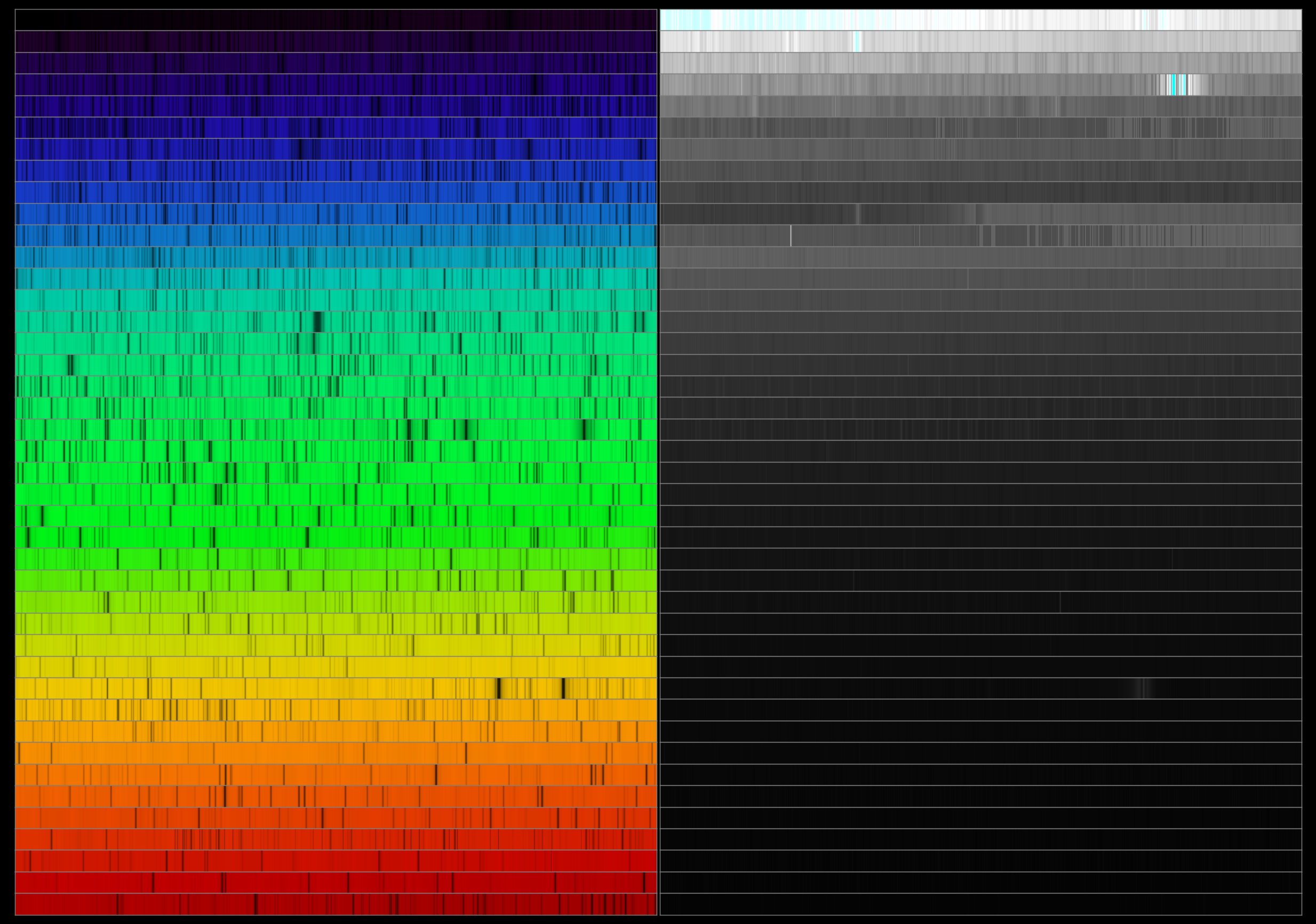A RSI broadcast on August 21, 2021 was dedicated to the summer solstice with the involvement of IRSOL, Specola, and MeteoSwiss.
EST Newsletter June 2021
The European Solar Telescope (EST) will be the largest solar telescope ever built in Europe, pursuing unique observations of the magnetic processes taking place on the Sun. IRSOL is part of the SOLARNET project, which, amongst other aspects of the telescope operation and scientific goals, deals with new and cutting-edge instrumentation. The current issue of the EST Newsletter focusses on parts of the technology planned to contribute to EST. IRSOL contributes to this newsletter by presenting the first results obtained in the SOLARNET H2020 project “High-precision absolute spectropolarimetry“.
1st- and 2nd-light CALLISTO solar radio spectrometer at IRSOL
It took exactly two years after instrument commissioning to finally get 1st- and 2nd-light at the very same day with Callisto at IRSOL.
Obviously, the Sun started to get active in terms of radio radiation at decametre wavelength (here 45-70 MHz).
Following the NOAA, Space Weather Prediction Center classification, the instrument observed twice a small group of type III bursts.
Type III radio bursts are a group of fast drifting radio emissions associated with solar flares. These radio emissions are believed to be excited at the fundamental and second harmonic of the electron plasma frequency.
Solar type III radio bursts are an important diagnostic tool in the understanding of solar accelerated electron beams.
They are a signature of propagating beams of non-thermal electrons in the solar atmosphere and the solar system.
Consequently, they provide information on electron acceleration and transport, and the conditions of the background ambient plasma they travel through.
Christian Monstein


In 2021 IRSOL becomes affiliated to Università della Svizzera italiana
Since January 1st 2021, IRSOL is affiliated to Università della Svizzera italiana (USI).
With the affiliation, the email addresses of the collaborators and the official homepage URL changed:
The new homepage URL is:
https://www.irsol.usi.ch
The collaborator email addresses have the form:
firstname.lastname@irsol.usi.ch
Visualisation of the IRSOL Second Solar Spectrum wins ESPD Media of the Month contest for November
The European Solar Physics Division (ESPD) announced that the winner of the ESPD Media of the Month contest for November is Franziska Zeuner (Istituto Ricerche Solari di Locarno), with a visualisation of the Second Solar Spectrum: 
For a full resolution version, see Wikimedia Commons.

